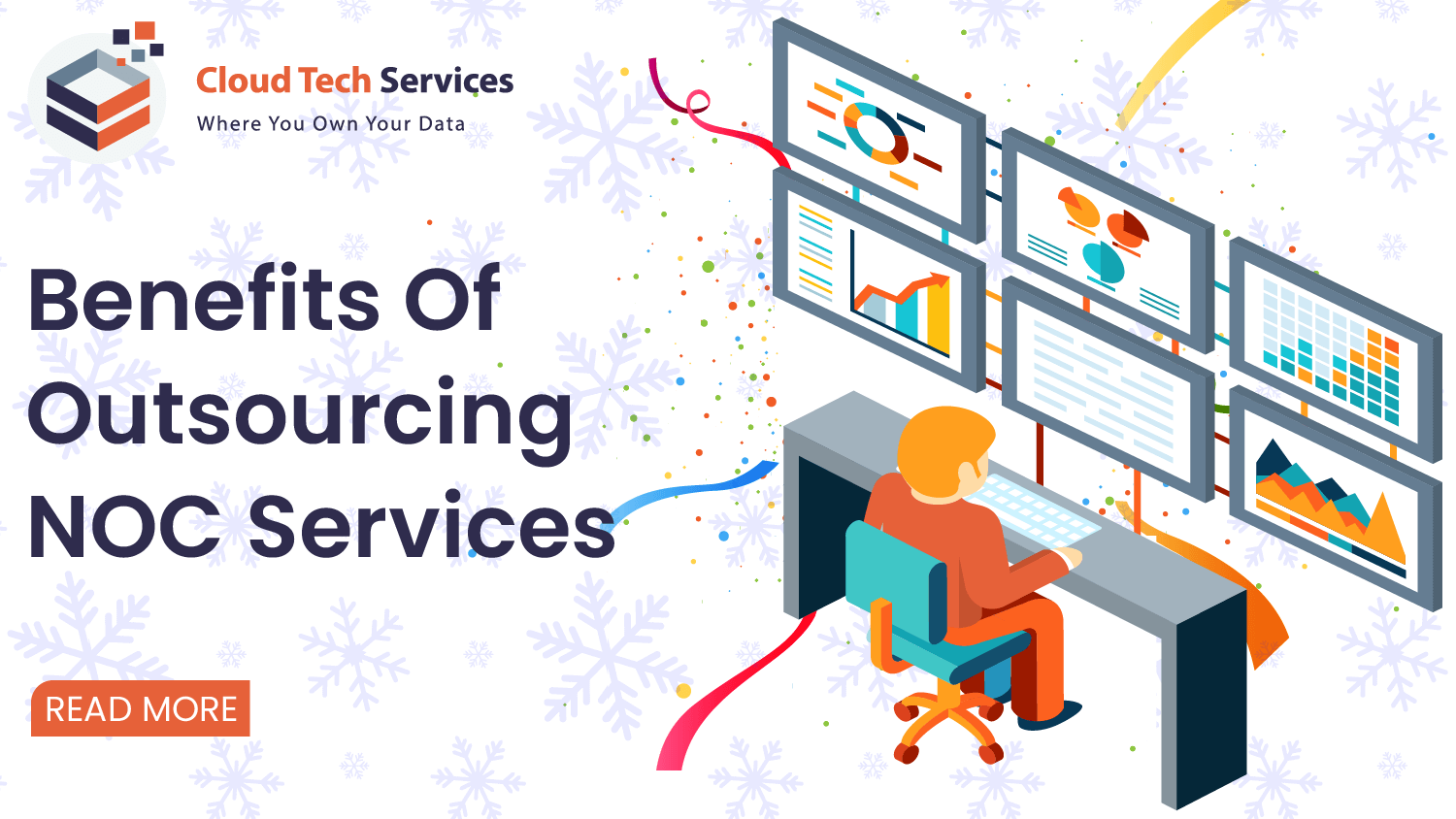Cloud Infrastructure Management
Strategically manage cloud infrastructure to maximize performance and cost efficiency.

- Monitoring | Analysis | Triage | Assessments | Remediation | Advisory | Reporting
The Vital Role of Cloud Infrastructure Management
Cloud Infrastructure Management plays a vital role in overseeing and optimizing cloud-based resources within organizations. It involves efficiently configuring, monitoring, and maintaining cloud infrastructure to ensure smooth operations, scalability, and cost-effectiveness. Effective cloud management enables businesses to adapt quickly to changing demands, as resources can be easily provisioned or de-provisioned as needed.
It improves performance by optimizing resource utilization and load balancing, resulting in enhanced user experiences. Moreover, cloud management enhances security and compliance by implementing robust access controls and monitoring mechanisms. With centralized management, businesses can track costs, identify inefficiencies, and optimize spending, leading to significant cost savings. Ultimately, Cloud Infrastructure Management empowers organizations to harness the full potential of the cloud, driving innovation, agility, and competitive advantage.

Harnessing the Power of Cloud for Seamless Operations
Cloud Infrastructure Management
- Cloud Infrastructure Monitoring: Basic monitoring of cloud infrastructure resources, including virtual machines, storage, and network components.
- Incident Triage: Initial assessment and classification of cloud infrastructure incidents, followed by appropriate escalation or resolution.
- Configuration Management: Managing and maintaining the configuration of cloud resources, including virtual machine settings, network configurations, and security groups.
- Resource Optimization: Proactively identifying and optimizing cloud resource utilization, ensuring cost efficiency and performance.
- Troubleshooting: Investigating and resolving cloud infrastructure-related issues, such as connectivity problems, performance bottlenecks, or misconfigurations.
- Cloud Architecture Design: Assisting in the design and implementation of cloud infrastructure, including resource planning, scalability, and high availability strategies.
- Security Management: Implementing and managing cloud security measures, including access controls, encryption, identity and access management (IAM), and compliance requirements.
- Cloud Migration and Integration: Assisting in migrating workloads to the cloud, integrating on-premises systems with cloud services, and ensuring data synchronization.
- Disaster Recovery and Business Continuity: Designing and implementing disaster recovery plans for cloud infrastructure, including backup strategies, replication, and failover mechanisms.
- Cost Optimization: Analyzing cloud resource utilization, identifying cost-saving opportunities, and recommending optimization strategies to align with budgetary goals.
- Cloud Governance and Compliance: Establishing governance frameworks, ensuring compliance with regulations, and implementing policies for cloud resource usage and access control.
- Performance Monitoring and Optimization: Continuously monitoring cloud infrastructure performance, identifying bottlenecks, and providing recommendations for optimization.
- Cloud Cost Management: Managing cloud costs, analyzing billing data, implementing cost allocation strategies, and optimizing resource usage.
- Vendor Management and Support: Coordinating with cloud service providers, managing support tickets, and staying up to date with platform updates and new features.
Why Choose Us?
Tailored Solutions for Your Success

Exceptional Expertise
Adoption and Implementation of the Latest technology. Expert strategy for scaling businesses. Industry best practices & 24/7 Support services. Pay as you go with our OPEX Model

Business Efficiency
Workload-Customized systems are available. Simplified management platform. Analytics Dashboard, Reports, & Storage Statistics. Partner access to unique service enhancements.

Flexible Engagement Models
Buy infrastructure-as-a-Service. Manage core elements of their environment. Real-time Consumption assessment. Experience a cloud-like environment and agility

Industry Best Practices
Buy infrastructure-as-a-Service. Manage core elements of their environment. Real-time Consumption assessment. Experience a cloud-like environment and agility
Get To Know
Our Process
Step 1
Evaluate
Identify your IT needs, compare managed IT service providers, and select the best fit for your business.
Step 2
Transition
The process of moving from an in-house IT infrastructure to a managed IT service provider.
Step 3
Deployment
The process of deploying managed IT services to your business, including planning, configuration, testing, and deployment.














